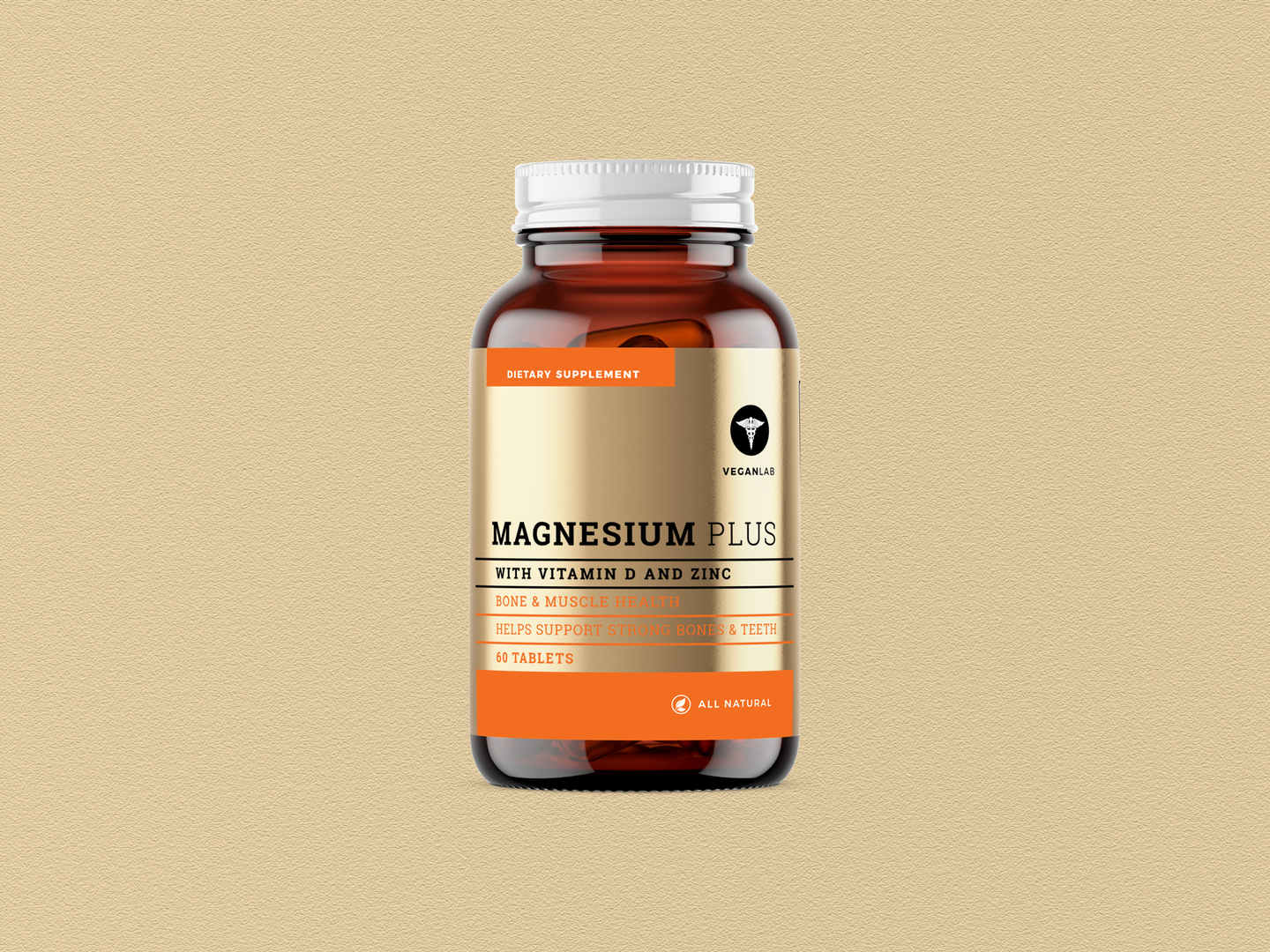Do Your Product Labels Need A Laminate or Varnish Finish?
By Ian Renton | Label Printing Processes, Product Labels | 7 May 2019 |
Do Your Product Labels Need A Laminate or Varnish Finish?
Ian Renton | 07/05/2019 | Label Printing Processes,Product Labels
When printing product labels for the first time, it is important to use the most appropriate stock. Testing is recommended under actual conditions. The next question is this. Do your product labels need a laminate or varnish finish?
There are several different label printing materials to use on your labels. The key is to come to a balance between price and effectiveness. For example, a vinyl label is suitable for outdoor chemical labels but paper labels are suitable for packing on boxes. Sometimes, a less expensive stock such as a paper label can be used but it can be given extra protection when a laminate or varnish is added.
Uses of Lamination In Label Printing
Before asking the obvious question, why bother with lamination in label printing, it is important to know what laminate is in relation to label printing. A laminate on your product labels is a clear film that goes over the top of your printed labels. It acts as a protective layer. The transparent film actually makes your product labels thicker. This is usually a good thing as the label is protected from moisture or the actual product you are selling.
There are two types of laminates. A gloss laminate gives a shiny finish whereas a matte laminate gives a duller finish.
This laminate coating is often used for beverages but can also be used for food products that are refrigerated. The laminate is also used for shampoo labels as it provides protection from both water and the actual shampoo. The laminate protects the printing on the labels from moisture and liquids including drinks, oils and cosmetic products. Lamination protects the outer surface but the actual stock used on your product labels will determine if your label actually sticks to your product in the medium to long term.
The thickness of the label can be a disadvantage. Lamination causes your label to be thicker or more rigid. This creates complications when your label is machine applied as many machines or label applicators won't cope with a thicker stock. Also, lamination is not suitable for the process of double label printing. It is difficult to overprint on a laminated label because this material does not gel with the wax or resin ribbons used by thermal transfer printers.
Also, lamination can be a hindrance if the label is applied over edges of your container or on a very small container such as a lip balm tube. This leads us into labels with a varnish finish instead of a laminate finish.
Uses of Varnish In Label Printing
Varnishing is the process of applying a clear layer of silicon over your product labels. Usually, the varnish is applied to the whole label but a spot varnish is also possible. This is applied only to certain parts of the label that require highlighting, usually the printed part of the label. Varnishing prevents the label from getting scuffed.
A gloss varnish provides added shine to the stock and the printing on your label. A matte varnish actually makes the colours look softer or duller.
The third type of varnish is for a thermal transfer printer. This facilitates the process of double label printing. If your product labels require a batch number or use by date or added information then your labels should be finished with a thermal transfer varnish or TT varnish. This enables your labels to be overprinted with wax or resin ribbons by thermal transfer printers. A varnish coating is a thinner coating than a laminate coating so it is more often used when your product labels require machine application.
Label printing is a complicated process so you are welcome to contact the experts at Renton's Labels for further assistance.
Recent
-
Top Trends in Wine Label Design for 2025
13 Feb 2025 -
Rentons Anti-Spike Drink Covers vs. Other Alcohol Promotional Merchandise
13 Jan 2025 -
The Benefits of Using Rentons’ Premium Wine Labels for Your Brand
18 Dec 2024 -
How You Can Achieves Affordable Luxury with Multi-Coloured Foil?
6 Dec 2024 -
Enhancing Safety and Brand Visibility with Drink Covers
2 Dec 2024 -
Drink Covers: Proactive Solution to Drink Spiking Crisis
5 Jun 2024 -
Premium vs. Traditional Wine Labels: Comprehensive Comparison
10 Jan 2024 -
Rentons Labels: Luxurious, Cost-Effective Wine Labeling
30 Nov 2023 -
Waterproof Labels - Do you need them for your products? | Rentons Labels
3 Apr 2023 -
Custom labels with typography that wows
20 Mar 2023
Categories
- Bakery Labels
- Barcodes
- Blog
- Bottle Labels
- Candle Labels
- Charity Labels
- Chocolate Labels
- Christmas Labels
- Clear Labels
- Colours for Labels
- Cosmetic Labels
- Digital Label Printing
- Egg Labels
- Essential Oil Labels
- Event Labels
- Food Labels
- Freezer Labels
- General
- Hand Sanitiser Label
- Honey Labels
- Jam Labels
- Jar Labels
- Label Design Tips
- Label Material Types
- Label Printing - General Knowledge
- Label Printing - Miscellaneous
- Label Printing Processes
- Label Stocks
- Labelling Laws
- Lamination For Label Printing
- Machinery for Label Printing
- Marketing Labels
- Marketing Your Food Products
- Microwave Labels
- Olive Oil Labels
- Packaging Labels
- Prices of Printed Labels
- Product Labels
- Trends in Label Printing
- Uncategorized
- Valentine's Day Labels
- Vinyl Labels
- Warning Labels
- Wedding Labels
- Wine Labels
Rentons Labels is a Sydney based Label printing company who offer custom label printing solutions. They specialise in packaging labels, wine labels, and beverage labels and produce all their labels in Australia.
Suite 1, Unit 3, 2 Burrows Road South
St Peters NSW 2044 Australia
Phone: (02) 9160 4511
Email: info@rentonslabels.com.au
Our Solutions
Helpful Links










